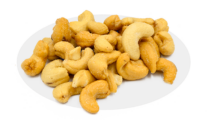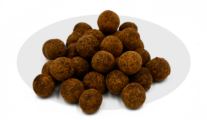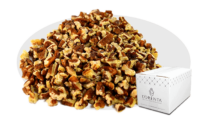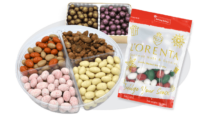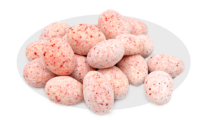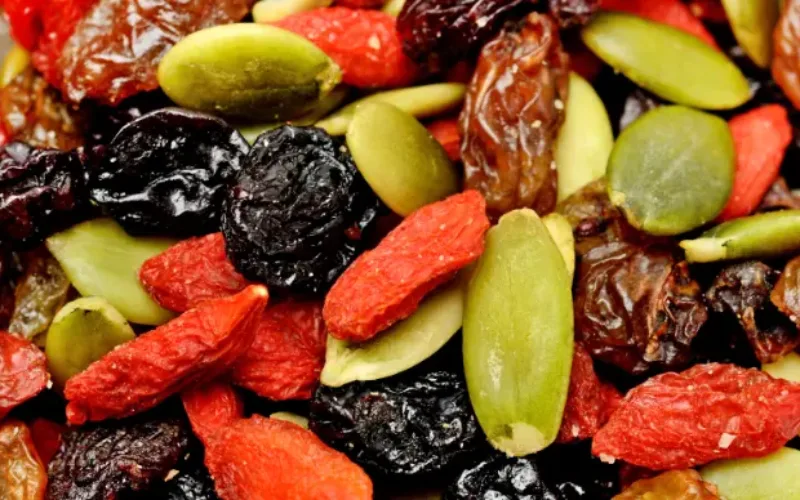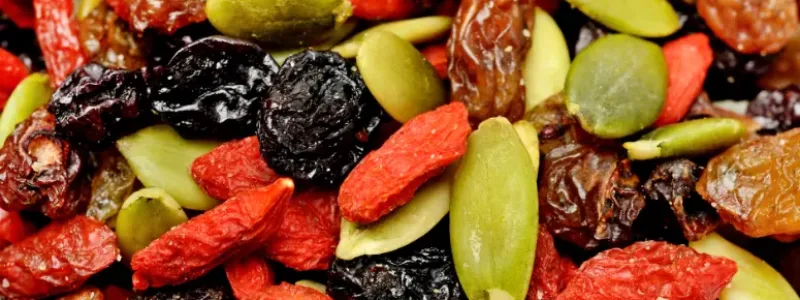Written By Sam Henselijn
Chocolate Ginger Cookies. What is more delicious than the smell of warm cookies? Covered with rich and creamy chocolate coating with a taste of ginger that gives the cookies an extra flavor.
Ingredients Chocolate Ginger Cookies
- Quality semisweet chocolate weighing 7 ounces (70% dark)
- 1 cup of white whole-wheat flour
- 1 tablespoon of all-purpose flour in addition to ½ cup.
- 1 tablespoon Dutch-process cocoa powder that hasn’t been sweetened
- Ground ginger, 1¼ tablespoons
- Cinnamon powder, 1 teaspoon
- ⅛ teaspoon of clove powder
- 8 tablespoons unsalted butter,
- 1 freshly grated teaspoon of nutmeg (1 stick)
- fresh ginger, grated 1 tablespoon
- packed with half a cup of dark brown sugar
- NO blackstrap molasses, 1/4 cup unsulphured
- One and a half teaspoons of baking soda
- Sugar crystals, ¼ cup
Step by Step Chocolate Ginger Cookies
Step 1
- Roughly chop the chocolate into ¼-inch chunks (I like to use a serrated knife for maximum chunkiness).
- Sift the cocoa powder, cinnamon, ground ginger, cloves, and nutmeg into medium-sized bowl along with the white whole wheat flour and all-purpose flour. (The chocolate will be lumpy if you skip the sifting. The additional step is worthwhile!)
Step 2
- For about 4 minutes, beat together the butter and grated ginger in a large mixing bowl or the bowl of an electric mixer with the paddle attachment.
- Beat after adding the brown sugar until mixed.
- After cleaning the bowl, add the molasses and beat until combined.
Step 3
- In a small bowl, add the baking soda. Stir to dissolve after adding 1½ tablespoons of extremely hot water on top.
- Set apart.
Step 4
- Add ½ of the flour mixture to the butter mixture and beat just long enough to incorporate the flour.
- Next, add the baking soda and water mixture after scraping the bowl’s sides.
- Add the remaining flour mixture, and beat just long enough to make the flour disappear.
- Add the chocolate chunks and any chocolate “dust” and stir, using a wooden spoon if necessary to distribute the chunks evenly.
- On a wide piece of plastic wrap, turn out the dough and pat it into a rough round.
- Keep in the refrigerator for 2 hours to 3 days.
Step 5
- Set the oven’s temperature to 325F before beginning to bake. Parchment paper or silicone baking mats should be used to line two baking sheets.
- Make 1-inch-tall balls out of the dough (they will look quite large).
- Place on the baking pans, then cool in the fridge for 20 minutes.
Step 6
- Place the cooled dough balls on the baking pans two inches apart after coating them with granulated sugar. About 10 to 12 minutes into baking, the surfaces should just start to crack. The cookies will seem underbaked.
- Transfer to a wire rack and let cool for another (however long you can handle the anticipation) after 5 minutes on the baking sheets. Enjoy!
Enjoy your Chocolate Ginger Cookies

Sam Henselijn Author’s Biography – Meet L’Orenta Nuts CEO
Copyright 2024 L’Orenta Nuts
L’Orenta Nuts proudly holds the SQF food safety certification, symbolizing our unwavering dedication to upholding the highest standards of food safety and quality. This certification guarantees that our products undergo rigorous scrutiny, ensuring transparency, traceability, and adherence to global food safety regulations for the utmost consumer confidence.
L’Orenta Nuts has the HACCP (Hazard Analysis and Critical Control Points) certification is a systematic approach to identifying, evaluating, and controlling food safety hazards. It ensures that food products are produced and handled in a manner that minimizes risks and complies with safety standards.
Our GMP (Good Manufacturing Practices) certification ensures that a manufacturing facility adheres to comprehensive quality and safety standards while producing pharmaceuticals, food, and other consumer goods, promoting consistency, quality, and compliance with regulatory requirements.
L’Orenta is an FDA-approved manufacturing facility and has met the rigorous standards set by the U.S. Food and Drug Administration. It demonstrates compliance with regulations, ensuring the production of safe and high-quality food products.



